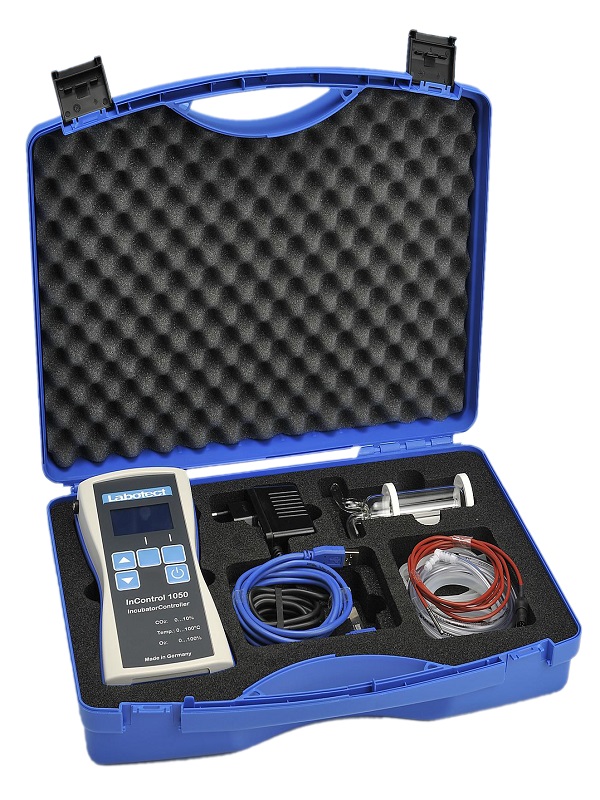

#INCONTROL.2018 FREE#
This presentational approach to percentages does not form part of the disclosure control method, and users making their own calculations are free to take a different presentational approach if they wish.

To display percentages rounded to 1 decimal place and for users to be able to assume that this is within +/- 0.1 per cent of the ’true’ percentage, the rounded denominator would need to be greater than or equal to 4,000. No rounding or suppression is required for values not relating to individuals such as a count of providers Values not relating to individualsĭisclosure control only needs to be applied to values relating to individuals. Complex calculationsįor complex calculations such as standardised rates, confidence intervals and regression models, no disclosure control is required. (This presentational approach to percentages does not form part of the disclosure control method, and users making their own calculations are free to take a different presentational approach if they wish.) Simple calculationsįor calculations such as the mean, median or mode where the number of values used in the calculation represents a number of individuals:ġ) At national level, no disclosure control is required.Ģ) At sub-national level, where the number of values used is between 1 and 7 inclusive, no calculation is made and a ‘*’ is displayed.ģ) At sub-national level, where the number of values used is greater than or equal to 8, the calculated value is displayed. The presentation of percentages section sets out the approach the secondary care analysis team will take in our outputs to allow users to assume a given degree of accuracy in the values displayed. Users should be aware that percentage calculated using the rounded numerator and denominator will differ from the percentage that could be calculated using unrounded numbers, by quite a large degree for smaller denominators. Note that because row/column totals will be calculated and then rounded, the total of rounded values may differ from the rounded total, and row/column percentages may sum to more than 100%, as in row E above. The following example shows the application of disclosure control to the counts and the resulting percentages The following should be applied when calculating percentages at sub-national level:ġ) Where the numerator or denominator is between 1 and 7 (inclusive), no percentage or rate is calculated, and a ’*’ will be displayed.Ģ) Where the numerator is zero, the percentage will be 0%.ģ) Where the unrounded numerator and denominator are greater than or equal to 8, a percentage or rate is calculated using the rounded numerator or denominator. (Restrictions on certain diagnoses and procedures as set out in the HES Analysis Guide still apply).

No disclosure control required for small numerator or denominator. Disclosure control will therefore also need to be applied to percentages. Unless the denominator for a percentage is relatively large, it is often possible to work out the numerator and denominator because only one possible pair of values would give this percentage (especially if the percentage is displayed to a higher degree of precision such as 2 decimal places). The most common calculations using counts of HES records are percentages or rates.


 0 kommentar(er)
0 kommentar(er)
